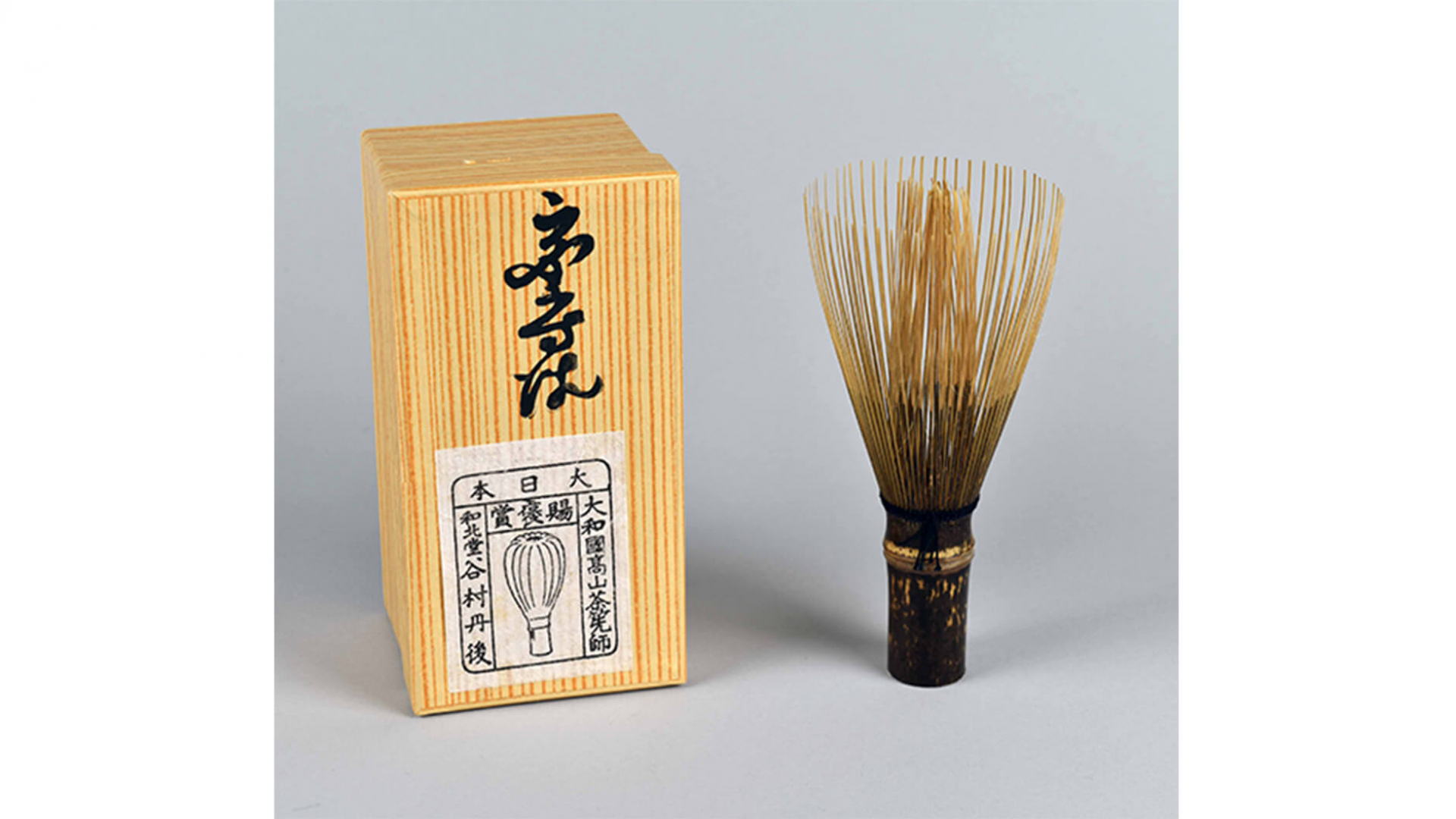Embodying centuries of culture and tradition, utensils play an important role in Japanese tea ceremonies
Various utensils are used throughout the course of a tea ceremony, which sometimes includes the serving of food before tea. While the art of tea lies in the harmony of the ensemble, individual utensils embody imaginative approaches to design.
Utensils made originally for other purposes, or made abroad, are sometimes adapted for use in the tea ceremony, a practice called mitate. Tea utensils are treated with care, often first wrapped in fabric and stored in boxes made of paulownia wood. A treasured item is sometimes accompanied by multiple boxes which authenticate its provenance. This custom dates from the early 17th century when the maker or subsequent owners would write notes of authentication on the surface or back of the box lid.
The style of tea whisk and the type of bamboo used varies from school to school. Those used in the Mushanokōji tea school are often made of black bamboo, with straight prongs, as opposed to curled prongs used in other schools. The Mushanokōji sytle inherits the earlier style of tea whisk that was used in the time of Sen no Rikyū (1522–1591).

